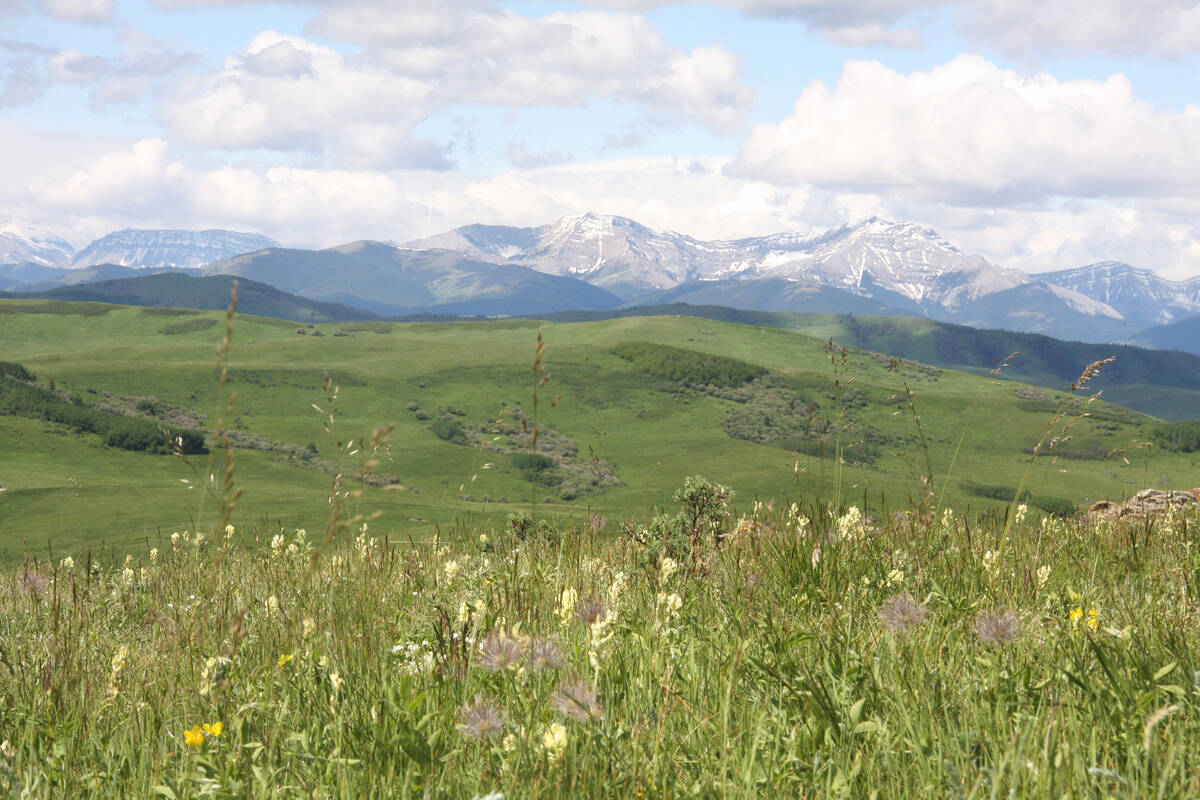BRANDON — Making farm equipment 99.9 percent free of clubroot risk is more than almost any farmer is willing to do, says an Edmonton area canola agronomist.
However, farmers shouldn’t think that it isn’t worth getting equipment 95 percent free.
“I truly believe that the movement of soil is much, much more than we ever thought,” Dan Orchard, a Canola Council of Canada agronomist, said during a panel discussion at Manitoba Ag Days Jan. 21.
Orchard said soil moved by farm equipment is the biggest way clubroot spores get moved from infected to clean fields. Getting that soil off of the equipment before it gets into the field is key to control.
Read Also

Selenium not deal breaker in coal mining: expert
Environmental scientist weighs in on coal mining debates in Western Canada, explaining selenium and the technologies and practices to lower its concentrations in nearby waterways to coal mining operations
Orchard said maximum protection with sterilizing and bleaching is probably more than any farmer can feasibly do at seeding time.
“It’s hard to justify cleaning a drill for 12 hours when it’s beautiful out and you’ve got 2,000 acres to seed,” said Orchard.
However, farmers can probably eliminate most of the risk to their fields by “taking a shovel and knocking off the loose, visible debris and soil.”
Partial control is better than no control. Clubroot will get into most fields over time, but it only become a crop-crashing problem if it gets out of control.
That typically happens when farmers push rotations and allow lots of clubroot-containing soil to come into the field. No one thinks 100 percent protection from soil is possible, but tiny amounts aren’t a true threat.
“Really, a little bit of soil on your shoe isn’t going to cause an outbreak,” said Orchard.
“It’s the big clumps of dirt coming in on seeding equipment.”
Orchard also asked farmers to be reasonable with oil service workers and others coming onto farmland because control measures need to be equally shared.
“I think it’s unfair to ask them to do more than you’re doing,” said Orchard. “If you’re not doing anything at all and someone wants to drive into a right-of-way on your field, and you go ask them to go disinfect and sterilize and bleach everything, and you’re not doing it, I’m not sure that’s fair.”
However, he said asking everyone, including yourself, to knock off clods and clumps of dirt from machinery is essential to keeping infection levels low enough to be handled by adequate rotation spacing.
“You have to understand the risks you’re taking by cutting some of these corners,” said Orchard.















